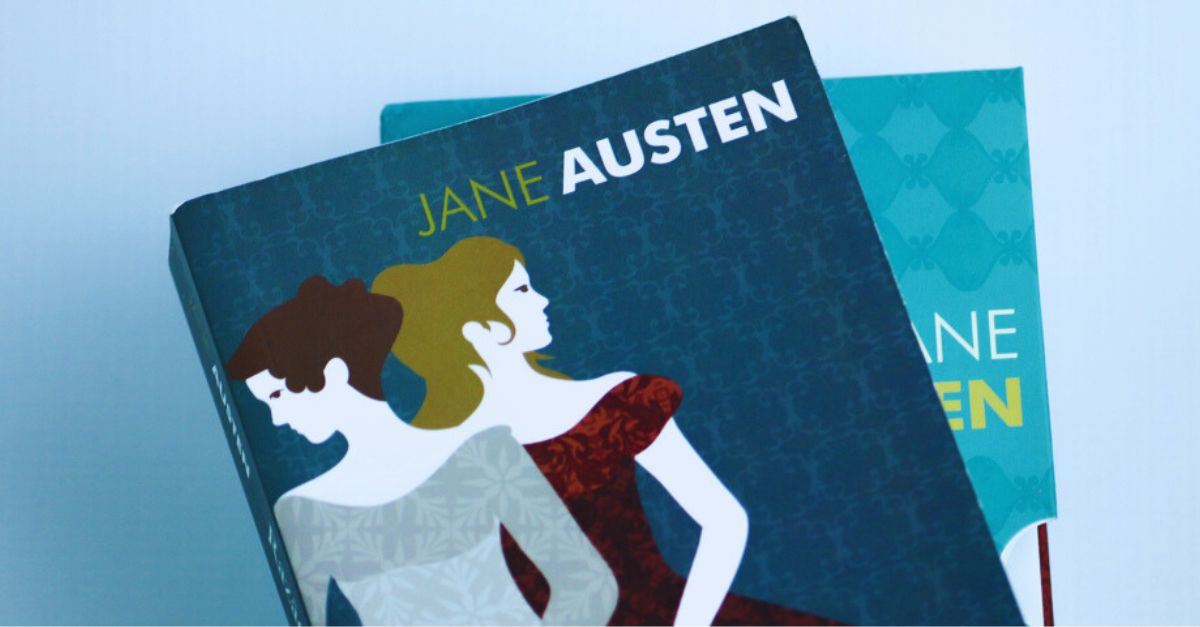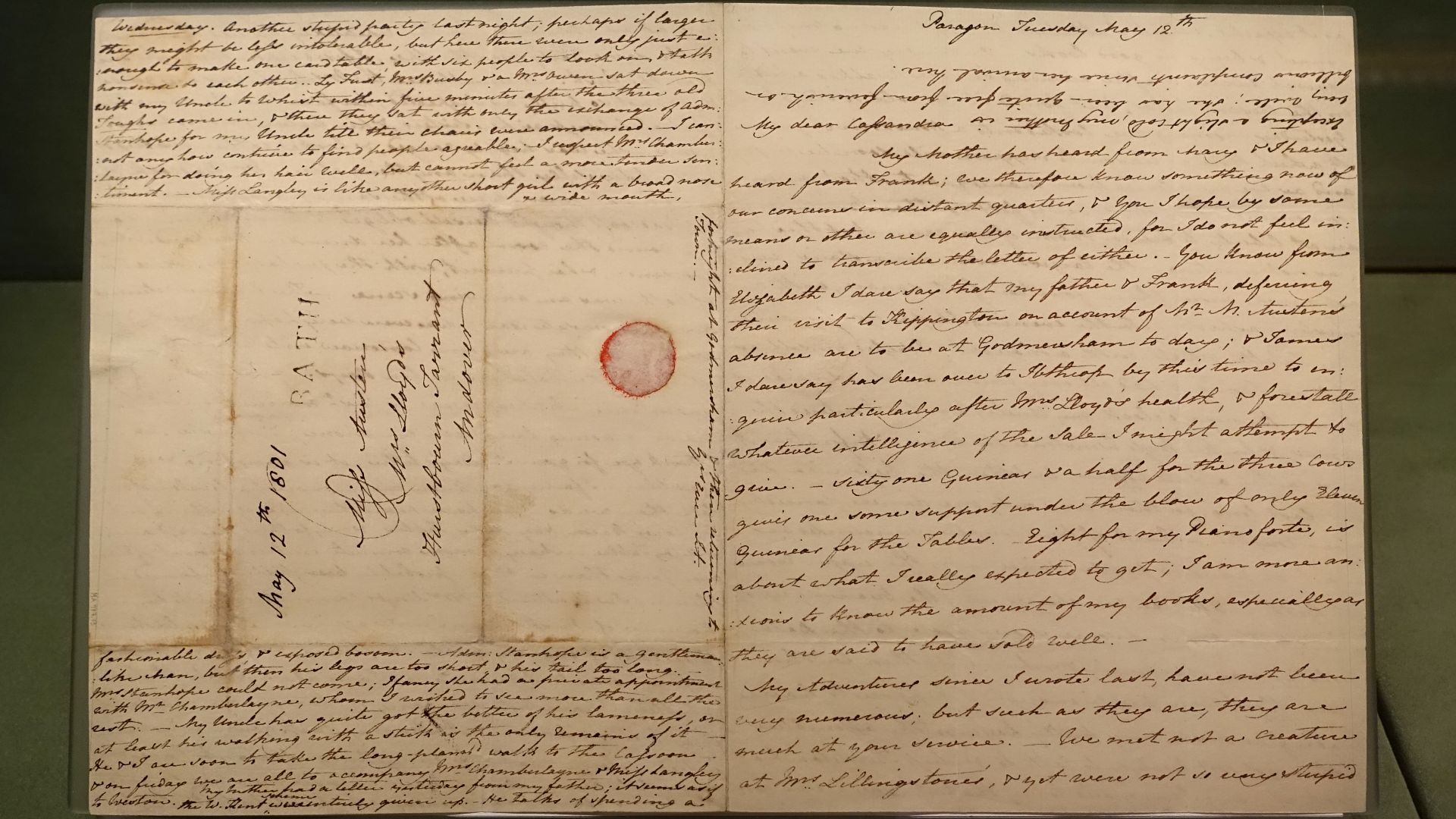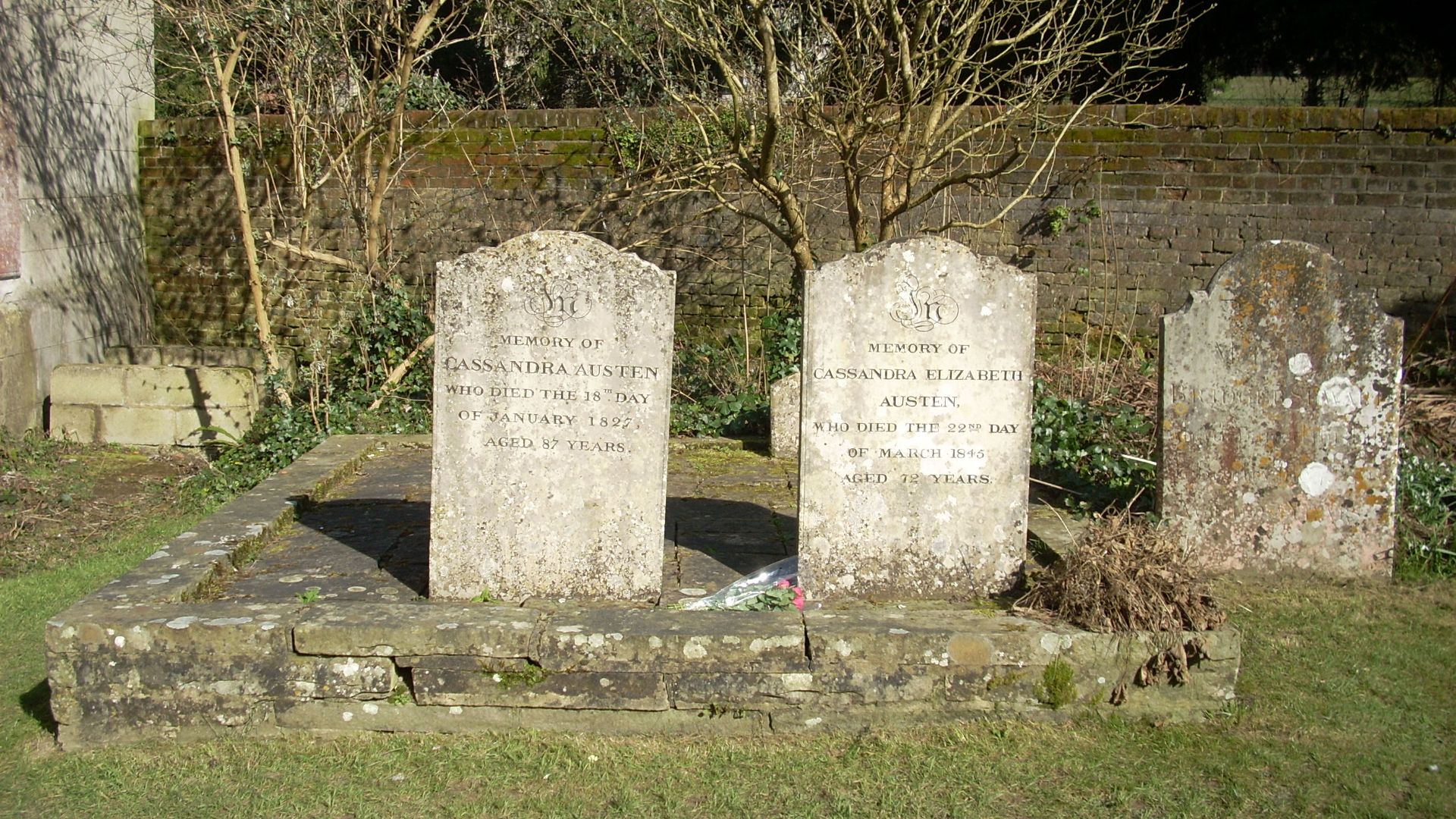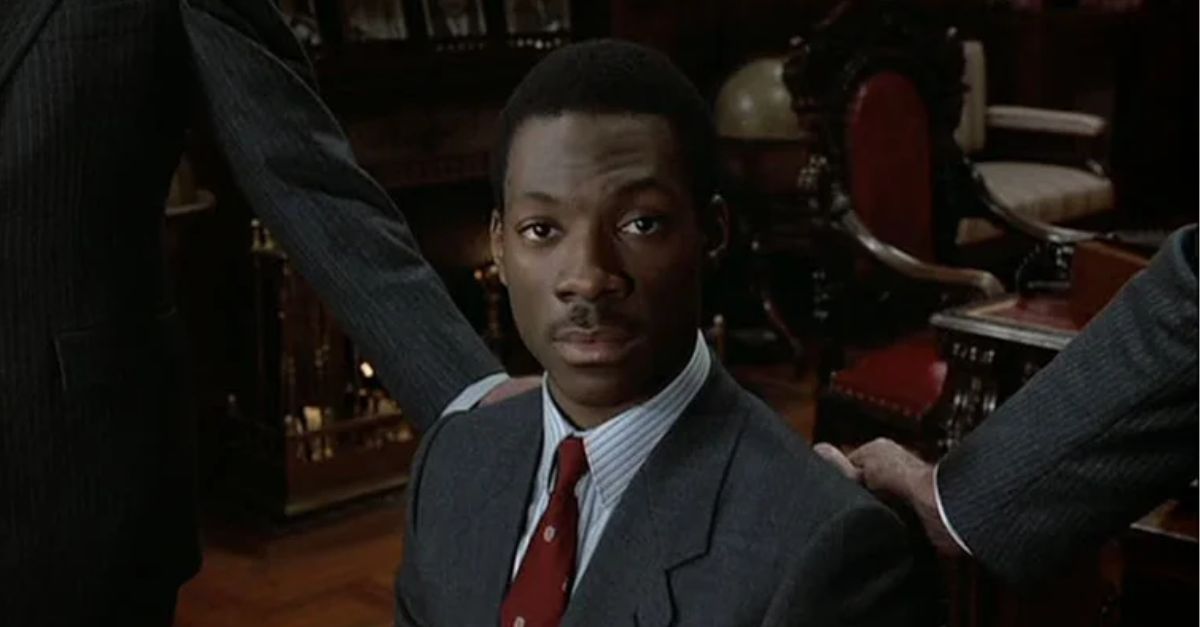Sisters, Secrets, And Stories
History can turn protectors into villains. Cassandra Austen, labeled a literary vandal, made choices that sparked ongoing debate. Her story challenges us to question where protection ends, and destruction begins. So, where does the truth lie?

The Austen Family Origins
Reverend George Austen and his wife, Cassandra Leigh, established their family at the rectory in Steventon, Hampshire. The family wasn't wealthy, so George would supplement his income by tutoring Oxford students. They had eight children, out of which two were daughters.
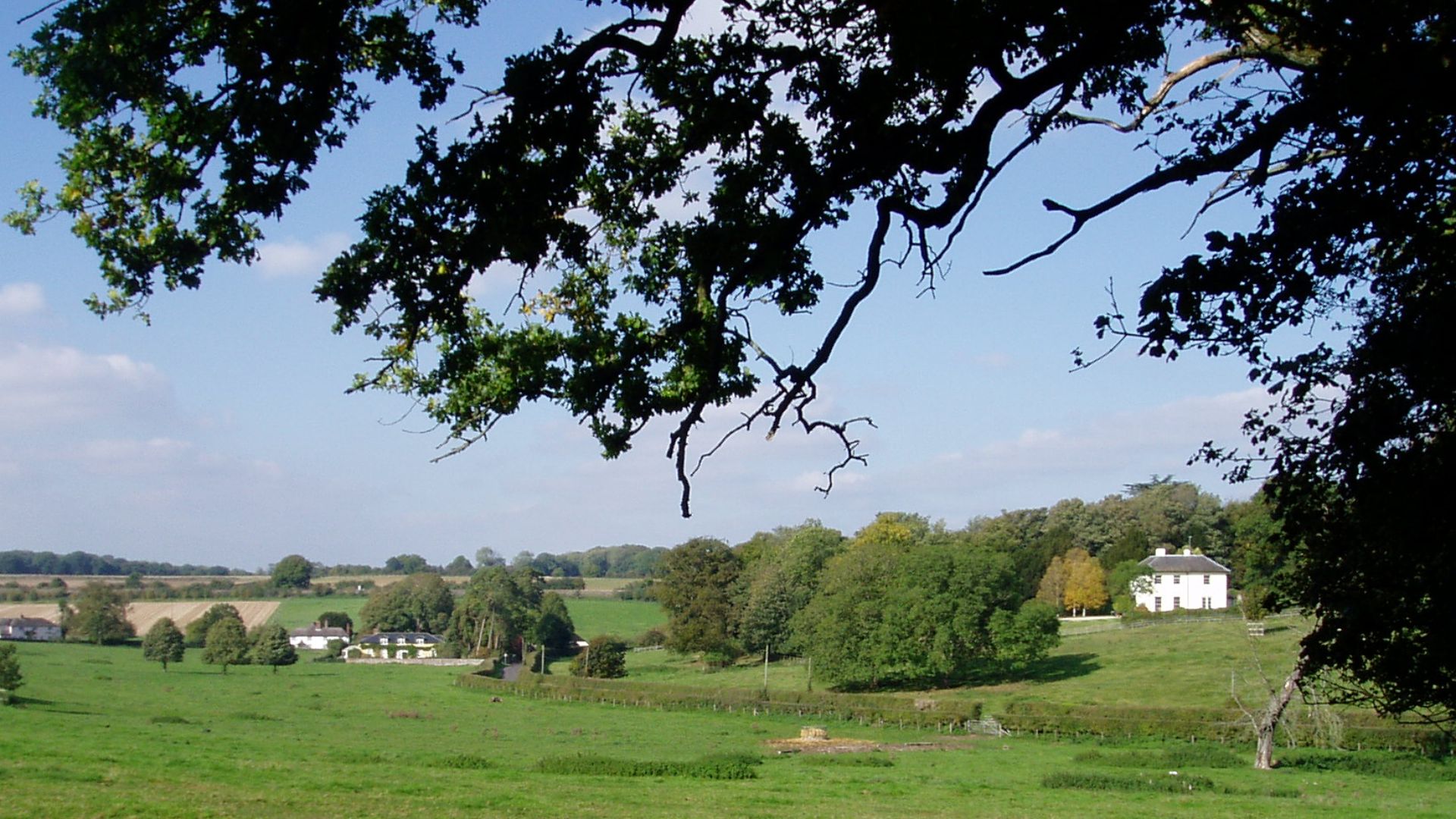 Eric and Mary Ellen on Wikimedia
Eric and Mary Ellen on Wikimedia
Cassandra's Birth And Early Years
Born on January 9, 1773, Cassandra Austen was the elder of the two Austen sisters. Her sister Jane arrived nearly three years later. Cassandra was not only Jane's confidante but also her first audience for the stories she wrote, including the infamous Elizabeth Bennet.
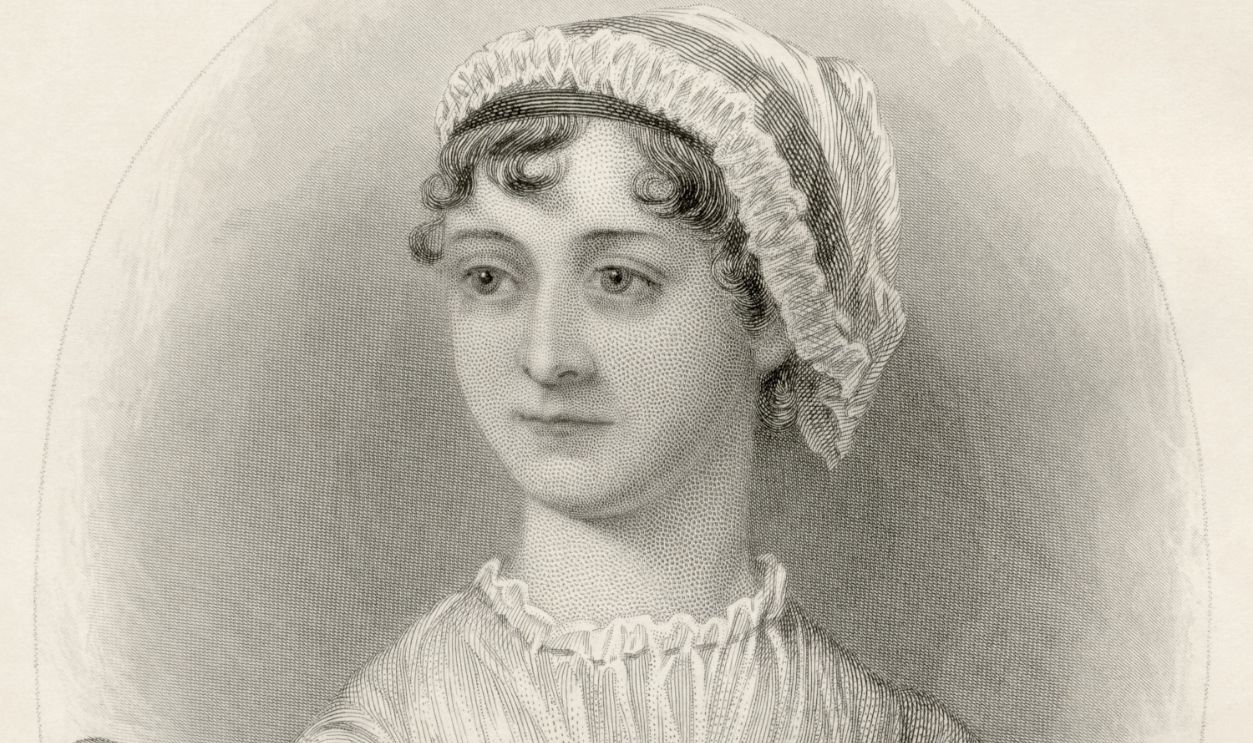 Cassandra Austen. Engraving by Lizars, Wikimedia Commons
Cassandra Austen. Engraving by Lizars, Wikimedia Commons
Early Education Begins
In 1783, both sisters attended Mrs. Cawley's school in Oxford, later moving to Southampton. Their mother had famously remarked, “If Cassandra's head had been going to be cut off, Jane would have hers cut off too”. This highlighted the deep bond between the sisters.
Formal Schooling
Then, between 1785 and 1786, the sisters studied together at Reading Abbey Girls' School. Though Jane was considered too young for boarding school, she insisted on joining Cassandra. They received education in drawing, piano, and other accomplishments expected of genteel young ladies at that time.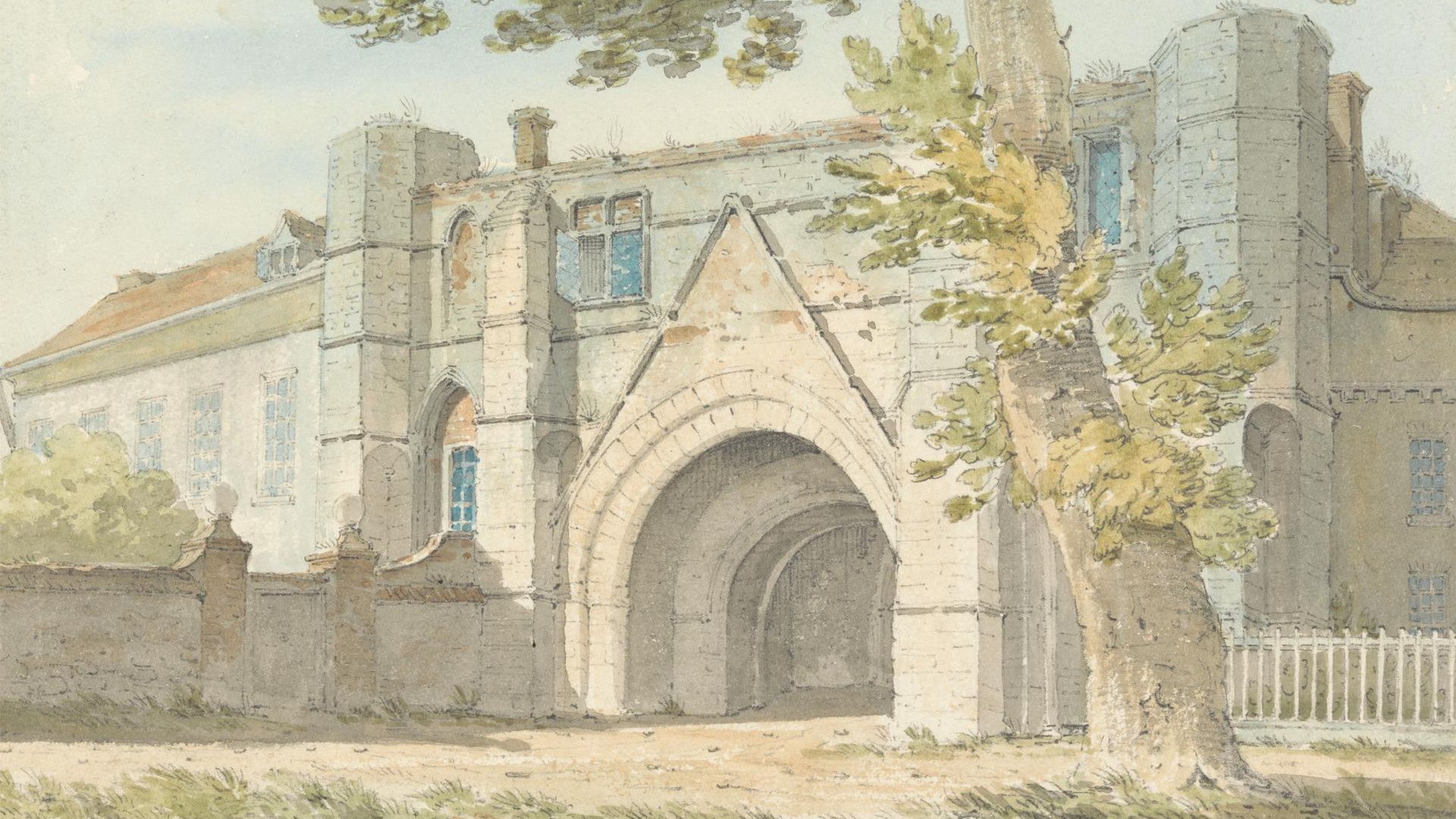 Edward Hawke Locker on Wikimedia
Edward Hawke Locker on Wikimedia
Artistic Development
Throughout their youth, Cassandra showed remarkable artistic talent. In 1791, at age 18, she created thirteen ink-and-watercolor portraits for Jane Austen's satirical History of England. These illustrations cleverly depicted British monarchs with features that resembled Austen's family members.
Engagement Period
When she got engaged to Thomas Fowle in 1794, a significant yet tragic chapter in her life began. Fowle, who was about eight years older than Cassandra and a former pupil of their father, needed to establish financial stability before they could marry.
 Miss Austen: A story of love and losses ❤️ | Official Trailer - BBC by BBC Trailers
Miss Austen: A story of love and losses ❤️ | Official Trailer - BBC by BBC Trailers
Tragic Loss
Soon, in 1797, Cassandra got some truly tough news. Fowle, who had gone to the Caribbean as a chaplain on a military trip to save up for their wedding, died from yellow fever. He left her around £1,000, which gave her a bit of financial independence.
Life-Changing Decision
Cassandra Austen, then 24 years old, made the critical choice to never get married after Fowle's passing. This decision allowed her to focus on Jane's health and future writing career, in addition to paying tribute to Fowle's memory. She lived at her parents' home with her sister.
 Pemberley.com and Jane Austen Centre, Wikimedia Commons
Pemberley.com and Jane Austen Centre, Wikimedia Commons
Family Upheaval
The Austen family moved to Bath in January 1801 after Reverend Austen retired. This was a major life-altering occasion that had a specific impact on Jane's writing. Although she attempted to adapt, her letters from this period reflect a sense of resignation regarding their new circumstances.
Southampton Years
After their dad passed away in 1805, the sisters and their mum moved to Southampton to live with their brother Francis. In 1809, their brother Edward offered them Chawton Cottage on his land. This move turned out to be really beneficial for Jane’s writing career.
 Rudi Riet from Washington, DC, United States on Wikimedia
Rudi Riet from Washington, DC, United States on Wikimedia
Writing Partnership
In Chawton, Cassandra chose to take care of the house while Jane got to work on her writing. She was like Jane's go-to reader and critic, making sure her sister had the peace she needed to craft content. Their teamwork was a big part of Jane’s success.
 Internet Archive Book Images on Wikimedia
Internet Archive Book Images on Wikimedia
Publishing Anonymity
Four of Jane Austen's works were published anonymously between 1811 and 1816 under the pen name “A Lady”. Her sister Cassandra supported this choice. After all, she had noticed Jane's need for privacy and her hesitancy to pursue public recognition despite her love of storytelling.
 Jane Austen (author) on Wikimedia
Jane Austen (author) on Wikimedia
Jane's Portraits
Cassandra, being a talented artist, crafted two significant portraits of Jane. One in 1804 showed her from behind, seated by a tree, and another incomplete frontal view in 1810. The latter, now in the National Portrait Gallery, was described by the family as “hideously unlike”.
Final Days Together
In 1817, Jane's health took a turn for the worse due to an unknown illness. Cassandra took care of her sister until July 18, when Jane passed away in her arms at just 41 years old. Losing her was said to be incredibly hard on Cassandra.
 Based on one drawn by her sister Cassandra on Wikimedia
Based on one drawn by her sister Cassandra on Wikimedia
Life After Jane
Cassandra continued living at Chawton with their mother and friend, Martha Lloyd. As Jane's literary executor, Cassandra carefully managed her sister's legacy. She supported the publication of Jane's final works, Northanger Abbey and Persuasion, while protecting her privacy.
 Jane Austen (1775 - 1817) on Wikimedia
Jane Austen (1775 - 1817) on Wikimedia
Jane’s Public Image
A clergyman suggested that Jane Austen's literary genius warranted a biography. To this, Cassandra firmly insisted that everything worth knowing about her sister could be found within her novels. This statement shows Cassandra's deep commitment to preserving her deceased sister’s privacy.
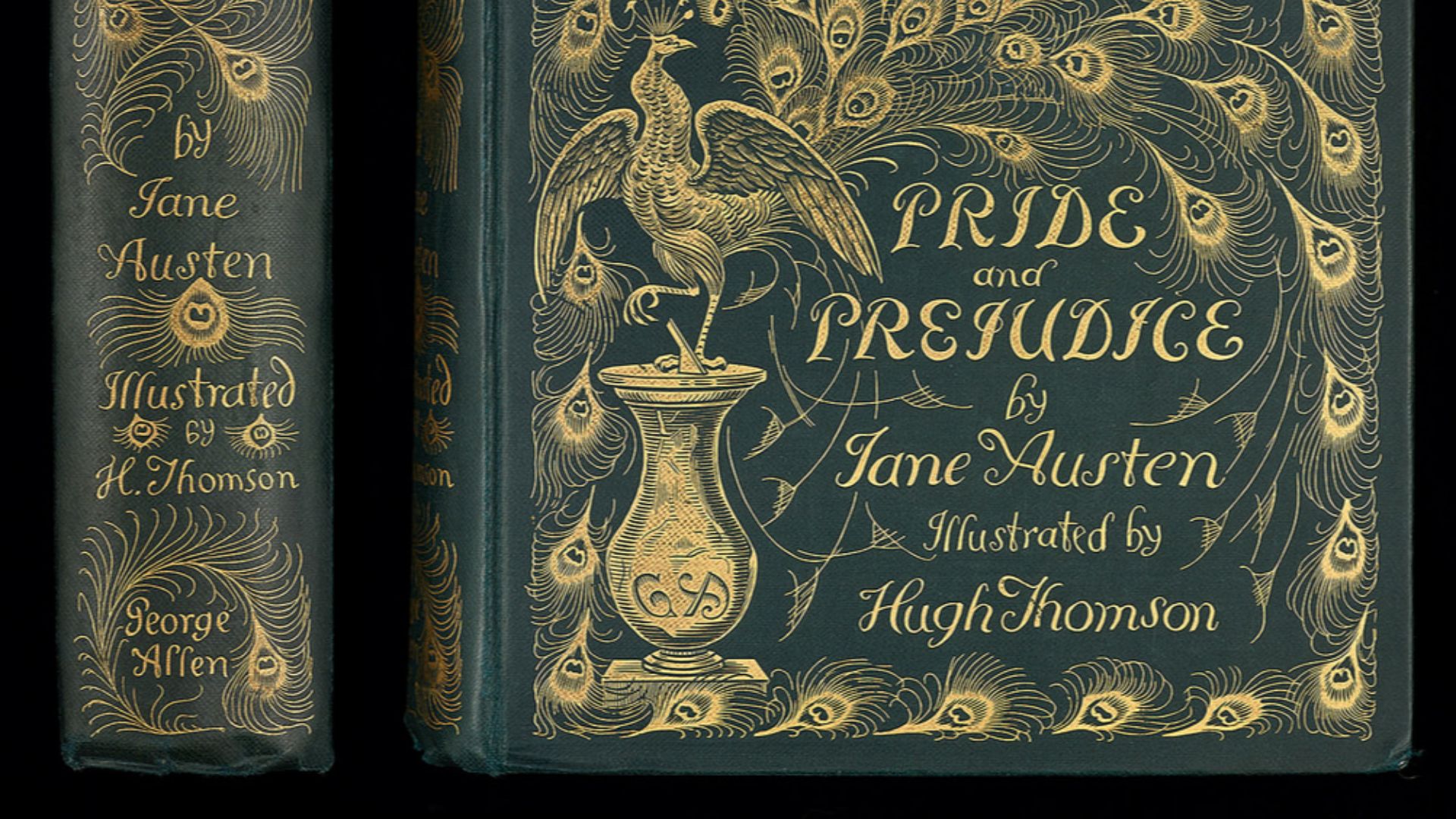 National Library NZ on The Commons on Wikimedia
National Library NZ on The Commons on Wikimedia
The Frances Burney Influence
In the early 1840s, Frances Burney's published letters received harsh criticism in literary circles. Burney, an accomplished novelist and diarist, had her diaries published posthumously between 1842 and 1846. This public scrutiny mostly impacted Cassandra's decisions about Jane's private correspondence.
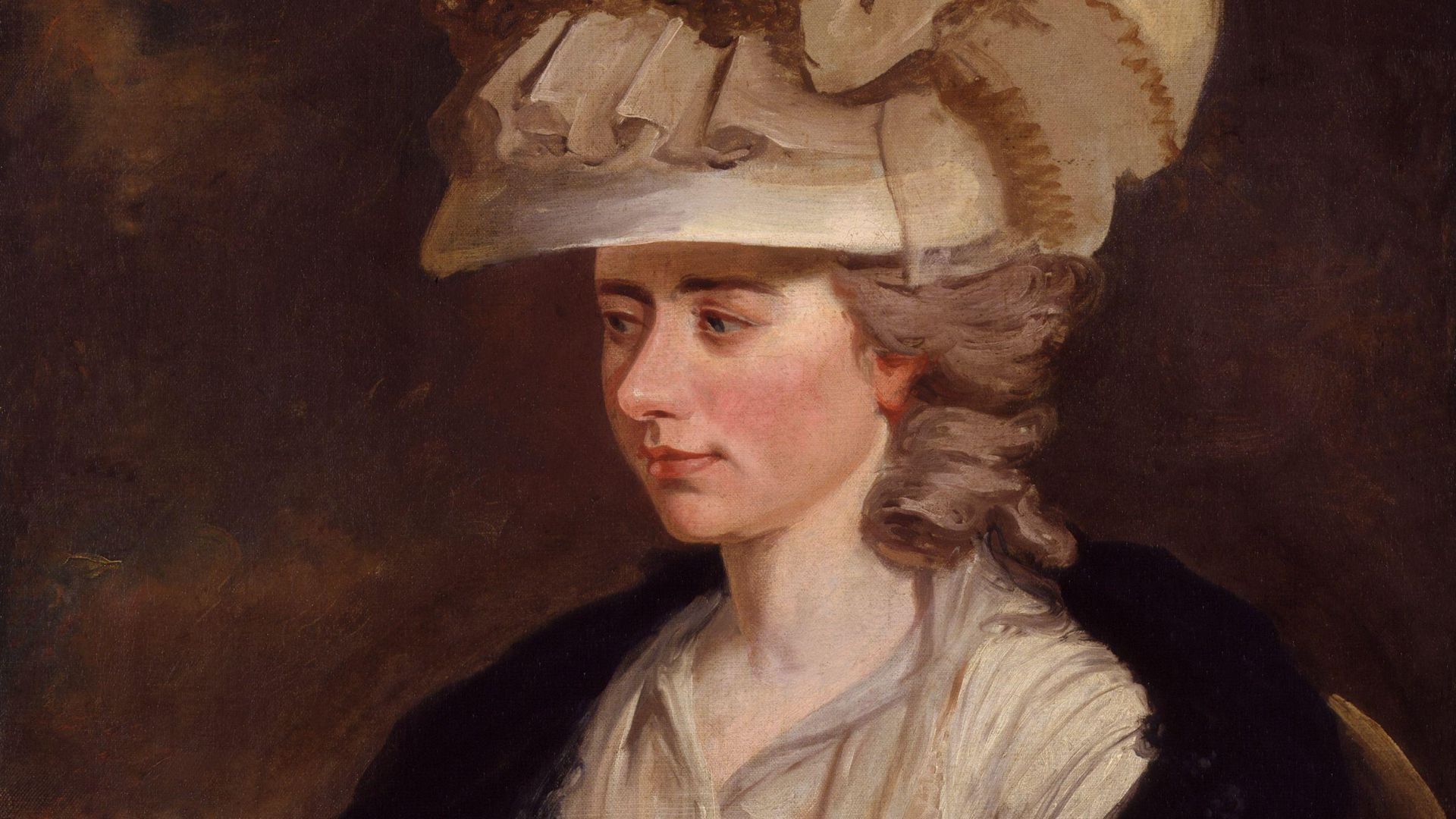 Edward Francis Burney on Wikimedia
Edward Francis Burney on Wikimedia
The Controversial Act
Cassandra Austen got rid of a ton of letters that her sister Jane had written before she passed away. In the end, only about 160 letters survived her decision to burn them. This all happened two years before the end of Cassandra's life, in the year 1843.
Content Of Destroyed Letters
Apparently, the burned correspondence contained intimate family gossip, particularly about difficult sisters-in-law, Jane's financial worries, and personal thoughts about acquaintances. It also had details of her early romantic interests. These letters revealed Jane's sharp wit and unfiltered observations about their social circle.
 National Library of Australia, Wikimedia Commons
National Library of Australia, Wikimedia Commons
Surviving Letter Content
The 160 letters that have been kept give us a peek into the close bond between the sisters. Jane's humor is evident as she jokes around about their expenses, shares inside jokes, and expresses how much she needs Cassandra in her life.
Modern Interpretation
So, the 2025 BBC drama Miss Austen explores Cassandra Austen's decision to burn her sister Jane's letters, framing it as an act of protection rather than destruction. Keeley Hawes, who plays Cassandra, emphasizes her character's foresight in safeguarding Jane's privacy, which is especially relevant in today's celebrity-driven culture.
 Miss Austen: A story of love and losses ❤️ | Official Trailer - BBC by BBC Trailers
Miss Austen: A story of love and losses ❤️ | Official Trailer - BBC by BBC Trailers
About The Series
Andrea Gibb, who adapted Hornby's novel, explained they looked to history a lot in the creation of this TV show. Gibb states that the book pulled together all of the historical facts that we have about Jane and her family setup and fashioned it into an interesting story.
 BBC Writersroom interviews: Andrea Gibb by BBC Writers
BBC Writersroom interviews: Andrea Gibb by BBC Writers
Hidden Letter Discovery
In Miss Austen, Cassandra Austen is shown as rushing to Isabella Fowle's home after her father's death, driven by an agenda to protect Jane's legacy. Isabella's mother, Eliza, had exchanged many letters with Jane, creating a cache of correspondence that Cassandra feared could tarnish Jane's reputation.
 Miss Austen: A story of love and losses ❤️ | Official Trailer - BBC by BBC Trailers
Miss Austen: A story of love and losses ❤️ | Official Trailer - BBC by BBC Trailers
Final Years
Cassandra was the glue that held her family together until March 1845, when she had a stroke while visiting her brother Frank. She passed away at Portsdown Lodge on March 22, 1845, at the age of 72, and was put to rest at St. Nicholas' Church in Chawton.

